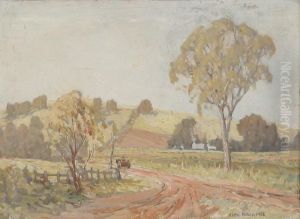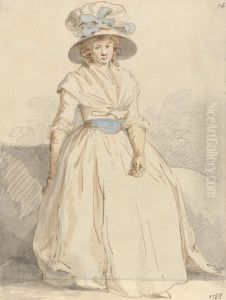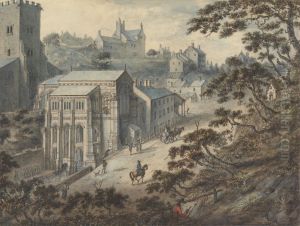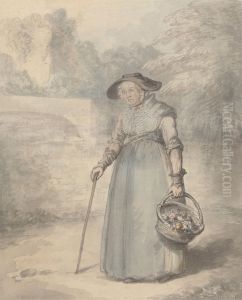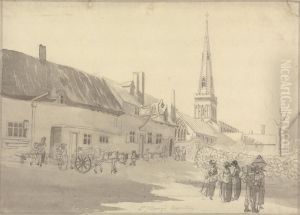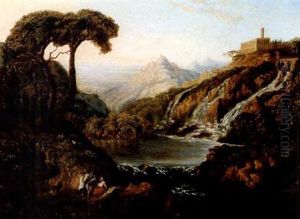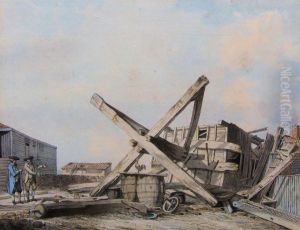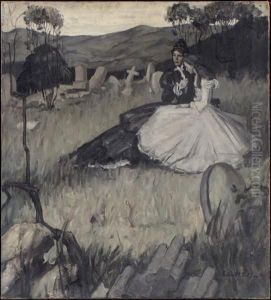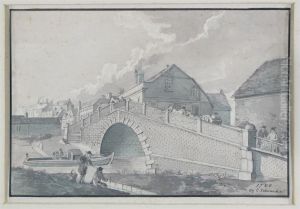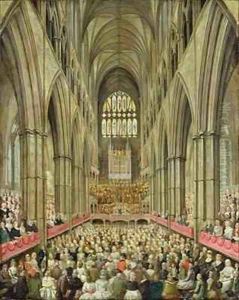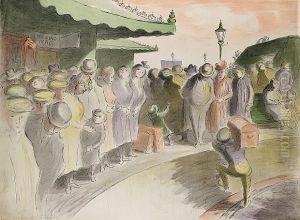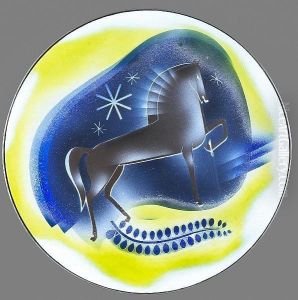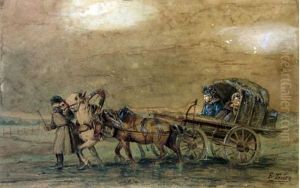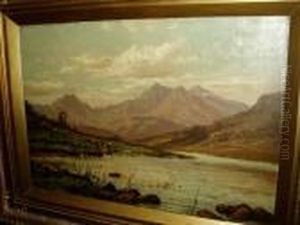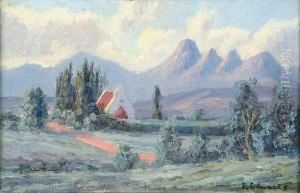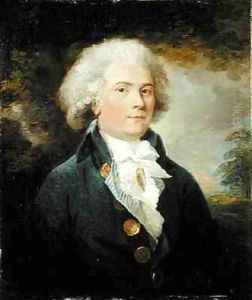Edward Edwards Paintings
Edward Edwards was an intriguing figure in the 18th-century British art scene, known not only for his talents as a painter but also for his significant contributions to art education and history. Born in 1738, Edwards embarked on his artistic journey from a young age, showing an early interest in drawing and painting. Despite facing financial difficulties, his determination and passion for art propelled him forward.
Edwards was primarily self-taught, which was somewhat unusual for artists of his time who typically underwent formal apprenticeships. However, he managed to secure a place at the St Martin's Lane Academy, where he further honed his skills and interacted with other artists. His early work consisted mainly of portraits and historical scenes, genres that were highly popular in the 18th century.
In addition to his work as a painter, Edwards was deeply involved in the academic side of art. He played a pivotal role in the early years of the Royal Academy of Arts, contributing not only as an artist but also as an educator. Edwards was passionate about the study of art history, which was a relatively new discipline at the time. He amassed an extensive collection of drawings and prints, which he used as teaching materials, and was known for his lectures on the history of art.
One of Edward Edwards' most enduring legacies is his contribution to art literature. He authored 'Anecdotes of Painters who have Resided or Been Born in England,' published posthumously in 1808. This work is considered an important resource for the study of British art history, providing insights into the lives and works of many artists of Edwards' time.
Despite his contributions to art and education, Edwards struggled financially throughout his life and died in relative obscurity in 1806. However, his writings and teachings have left a lasting impact on the field of art history, ensuring his place as a noteworthy figure in the annals of British art.
